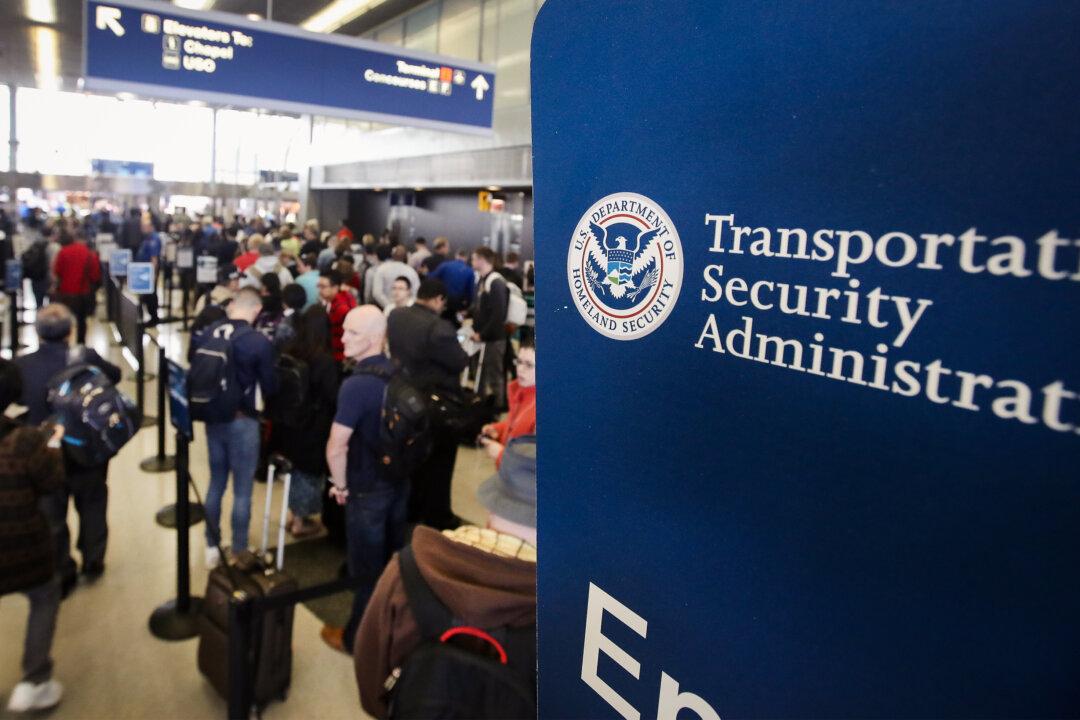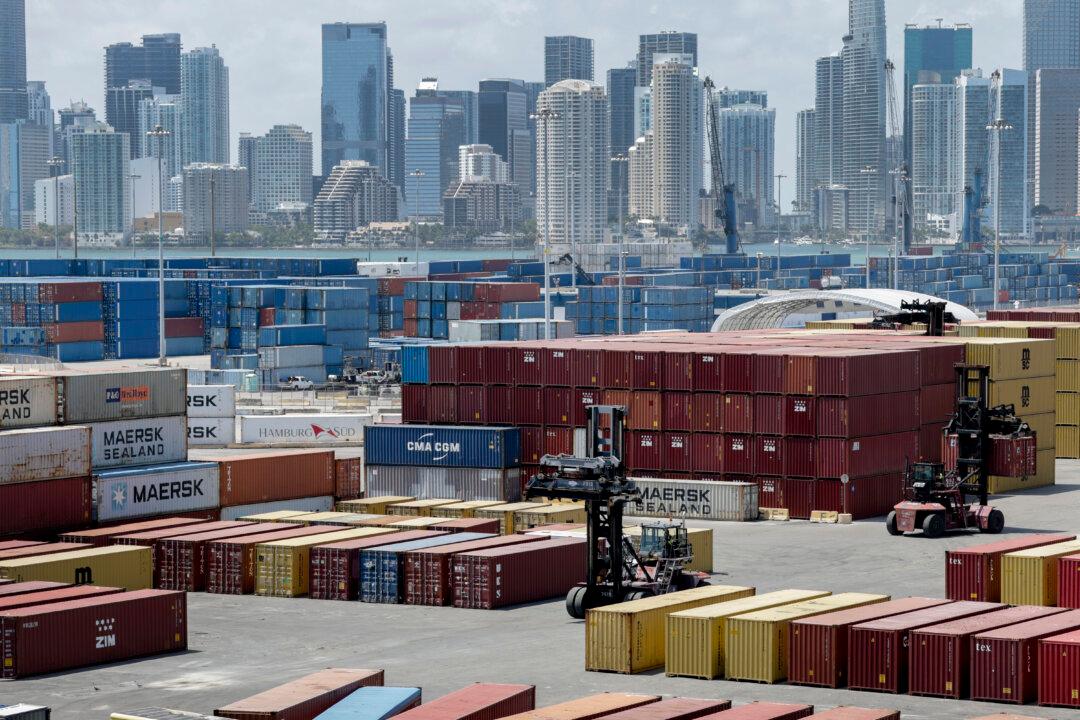Heather Coleman, the operator of a McDonald’s, said that raising the minimum wage to $15 per hour at the restaurant didn’t attract many new applicants. When the hiring age was lowered to 15, about 25 applicants came in two weeks, she said.
“There are always staffing issues, but this is unheard of,” Coleman said, noting that the young employees are “a blessing in disguise.”
Coleman noted that she has tried a number of different ways to try and increase hiring but not no avail. It comes as McDonald’s and other fast-food restaurants were forced to close down their dining areas due to the spread of COVID-19 as well as state and local mandates around the virus.
Every single state has different laws regarding child labor, although the U.S. Department of Labor has said that 14 is the minimum age for nonagricultural jobs. In Oregon, 14- and 15-year-olds cannot work during school hours and are limited to three hours on school days, according to the state’s Bureau of Labor and Industries.
The United States added an impressive 943,000 jobs in July, which was above expectations. But in August, it was a much different story.
The U.S. economy created the fewest jobs in seven months in August 2021 as hiring in the leisure and hospitality sector stalled amid a resurgence in COVID-19 infections, which weighed on-demand at restaurants and other food places, according to a jobs report from the Department of Labor on Friday.
The report shows that non-farm payroll employment rose by 235,000 in August, down from 943,000 jobs added in July and far below forecasts of 750,000.
Employment in the leisure and hospitality sector was unchanged as restaurants and bars payrolls dropped 42,000, offsetting a 36,000 gain in arts, entertainment, and recreation jobs. Retailers lost 29,000 jobs.
So far this year, non-farm job growth has averaged 586,000 per month and, while employment has risen by 17 million since April 2020, it remains down by 5.3 million, or 3.5 percent, from its pre-pandemic level in February 2020.
Some economists have said that a number of different factors have contributed to the causes of the labor shortage, including federal pandemic unemployment benefits, fear of COVID-19 itself, and a lack of child care as schools stay closed due to the virus.





